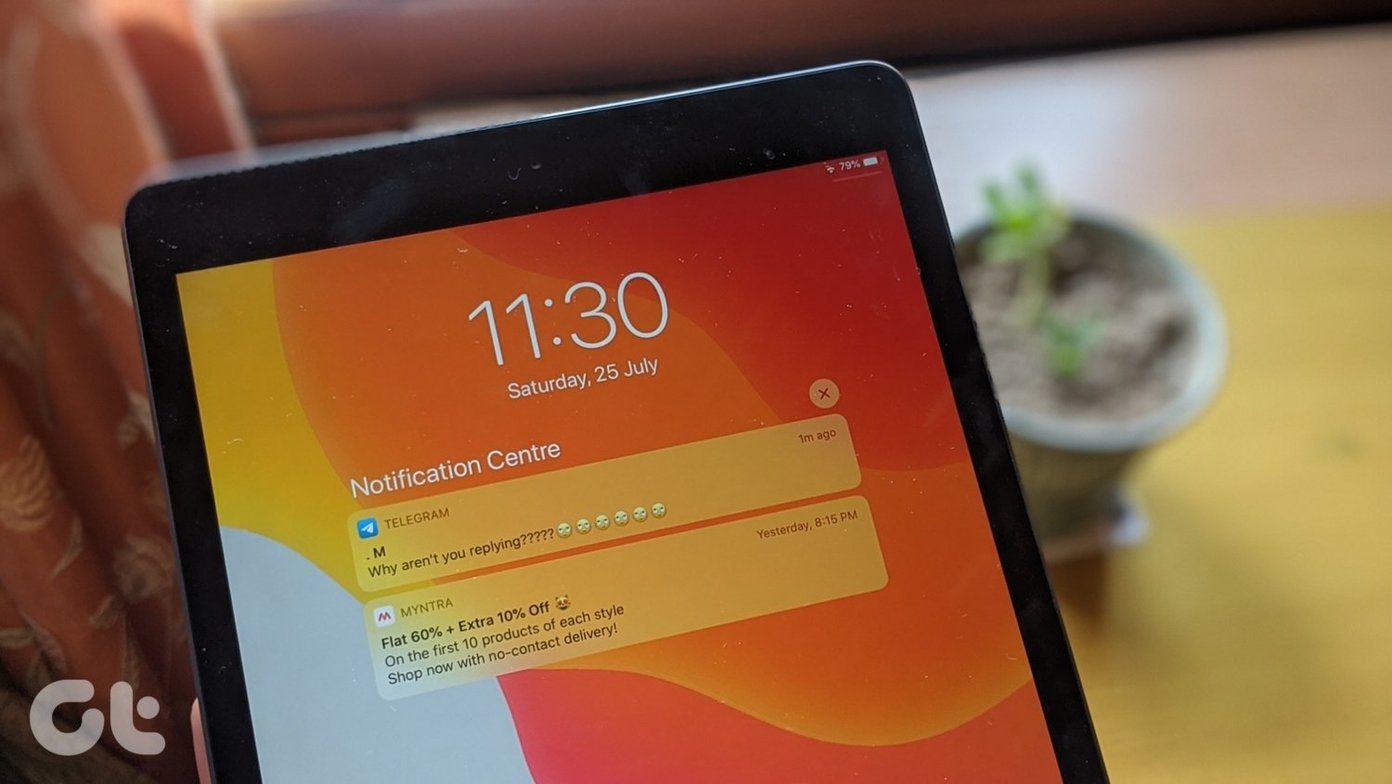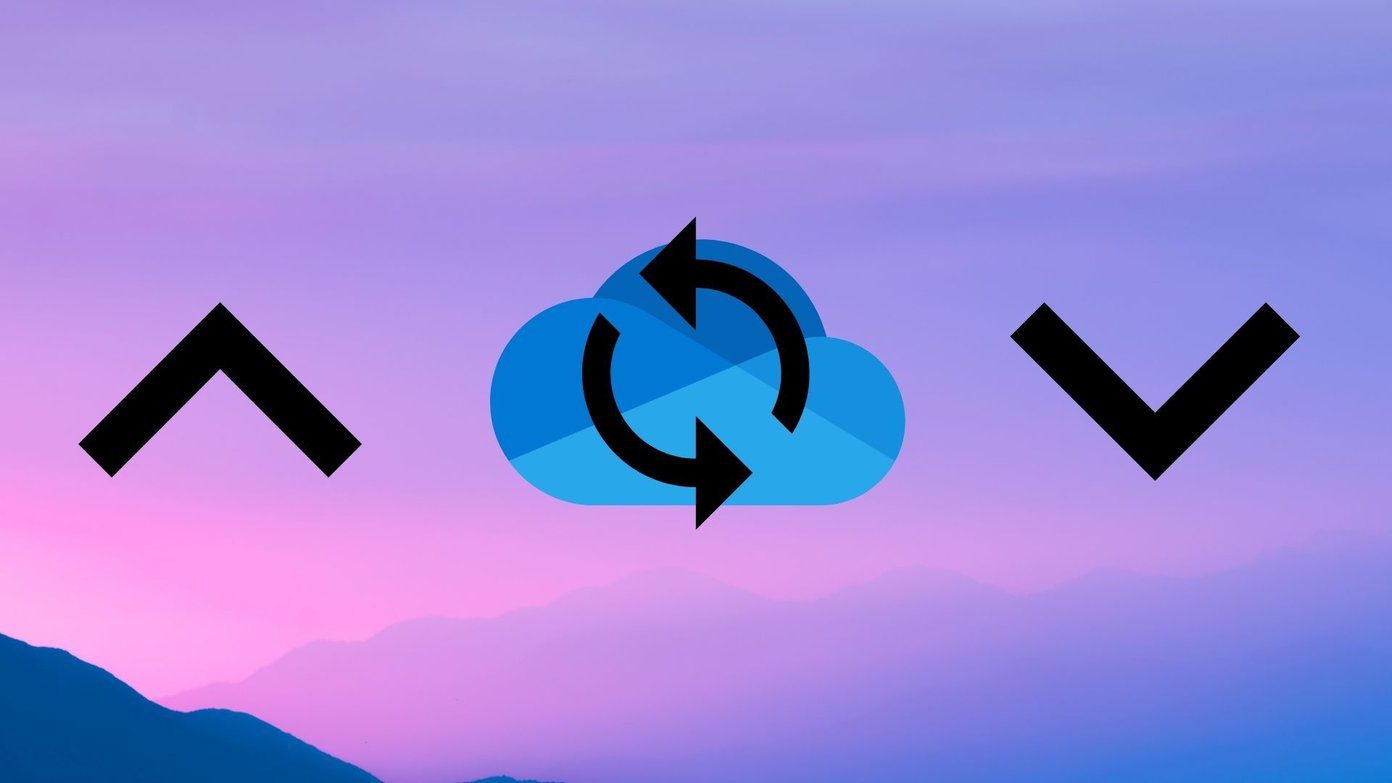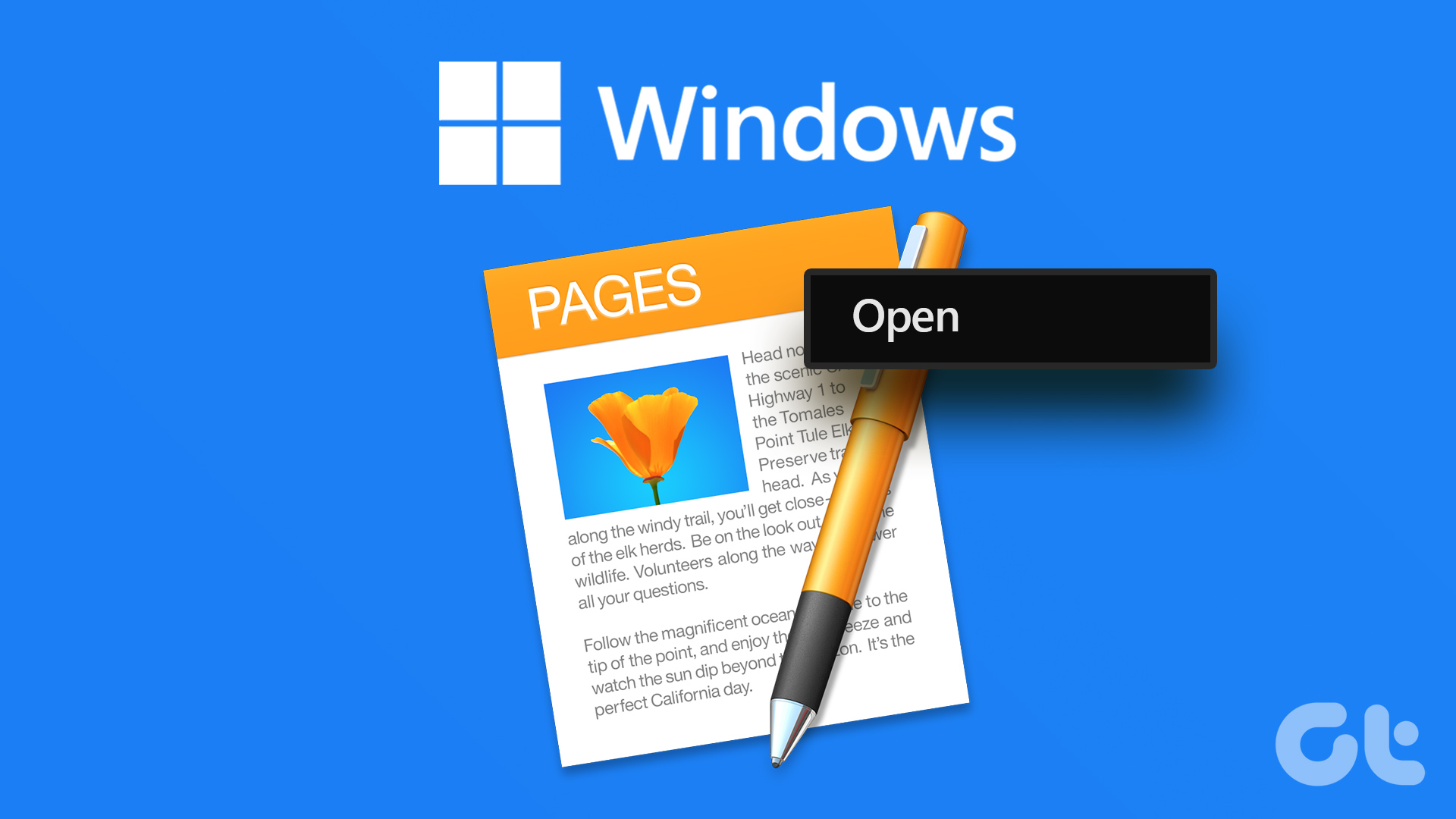When you sign in to your Windows computer, OneDrive automatically syncs in the background. It has a high energy impact as well. Before OneDrive starts syncing files to the cloud and eats all your internet bandwidth, you must disable it completely.
1. Pause OneDrive Syncing
This is a temporary and quick solution to the OneDrive service on Windows 11. If you want to pause OneDrive sync for a couple of hours, you can easily do so from the Windows 11 taskbar. Step 1: Click on the OneDrive icon in Windows 11 taskbar. Step 2: Click on OneDrive Help & Settings. Step 3: Select Pause Syncing and click on 2 hours, 8 hours, or 24 hours. Unfortunately, there are only three timeframes. We hope to see more options to pause OneDrive syncing in future updates – 10 hours, 12 hours, 48 hours, etc.
2. Unlike OneDrive Account
If you are no longer planning to use OneDrive on a specific PC or Windows laptop, you can unlike your Microsoft account from it. You will continue to remain signed in for other Microsoft services such as Office apps, Microsoft Store, etc., but OneDrive will be unliked from the PC. Step 1: Select the OneDrive icon from the taskbar. Step 2: Select Help & Settings. Step 3: Go to Settings. Step 4: Under the Account menu, select Unlink this PC. Step 5: Confirm your decision, and OneDrive files will stop syncing. Locally available files will remain on this device, removing online-only files.
3. Uninstall Microsoft OneDrive
This is ideal for those using OneDrive rivals on Windows. Now that Google has got their shit together and released a single Drive for desktop, Google One subscribers might be inclined to give it a try on Windows 11. In that case, you may no longer need OneDrive on Windows 11. Uninstall the service using the steps below. Step 1: Open the Windows Settings app (use Windows + I keys). Step 2: Go to the Apps menu. Step 3: Select Apps & Features. Step 4: Scroll down to Microsoft OneDrive. Step 5: Click on the three-dot menu beside it and select Uninstall. Confirm your decision and you are good to go without OneDrive on Windows 11.
4. Disable OneDrive on Windows 11 Startup
OneDrive has a high energy impact during Windows 11 startup process. If you are no longer using OneDrive in Windows 11, it’s time to disable OneDrive at startup. Here’s how. Step 1: Open the Windows Settings menu (use Windows + I keys). Step 2: Select Apps from the left sidebar. Step 3: Click on Startup. Step 4: Disable OneDrive from the following menu. While you are in the Startup menu, check all the services starting automatically during Windows 11 startup. Adobe services, VPN, and apps like Teams, Spotify, Slack, etc., have a habit of starting up during login. It may slow down your computer as well. Disable irrelevant ones and speed up the login process.
5. Disable OneDrive from Group Policy Editor
Microsoft allows you to disable the OneDrive service from Group Policy Editor. Here’s what you need to do. Step 1: Press the Windows key and type Group policy. Step 2: You will see an option to Edit group policy, hit Enter, and open Local Group Policy Editor. Step 3: Navigate to the following path. Step 4: Double click on Prevent the usage of OneDrive for file storage. Step 5: Select Enabled from Policy settings. Step 6: Click on Apply and hit the OK button. Users have an option to disable OneDrive via Registry Editor as well. But we won’t recommend going with that route. A single mistake may lead to messing up core Windows services.
Ditch OneDrive on Windows 11
Now that iCloud is officially available from the Microsoft Store, it can be an ideal solution for iPhone users to sync iCloud passwords and media on Windows 11. Which OneDrive rival are you going to use in Windows 11? Share your pick in the comments below. The above article may contain affiliate links which help support Guiding Tech. However, it does not affect our editorial integrity. The content remains unbiased and authentic.






















